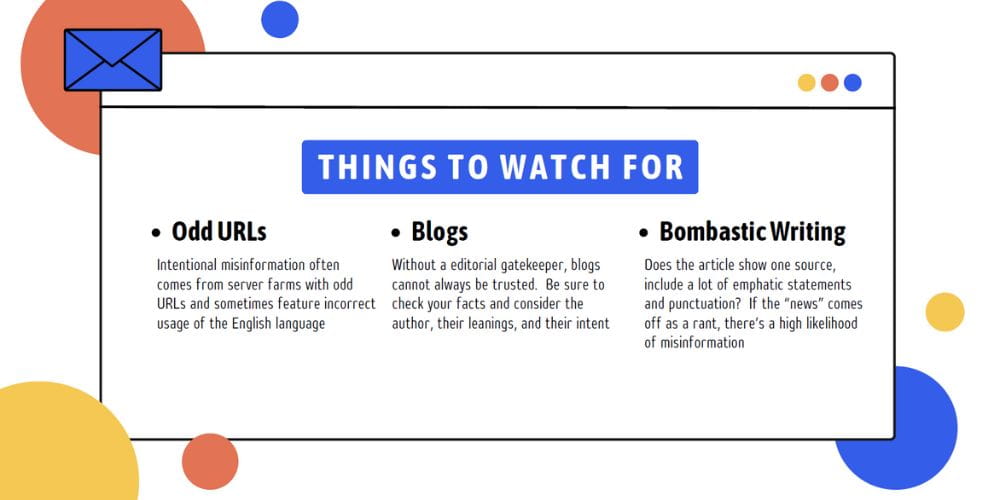Although many think of social media when they consider the spread of disinformation or false claims, people have been sharing news—fact and fiction—since they began to communicate.
A novel two-day conference at The University of Texas at Arlington explored why people share disinformation, which can include not realizing the information is false, wanting the story to be true and enjoying the way it feels to share knowledge and interact with others.
Organized by Daniel Levine, Amandeep Dhaliwal, Helen Abadzi and Derek Mangino Sirvent from UTA's Psychology Department, speakers at the conference included faculty from UTA as well as researchers from Columbia University, Harvard University, Aarhus University in Denmark and the Online Hate Prevention Institute based in Australia. The conference focused on the social media aspects of persuasion, including individual differences in the tendency to believe and transmit true or false information.
"You can't really tell the difference of what's real and what isn't. I think that's a real danger," said Morteza Khaledi, dean of the College of Science at UTA, in his opening remarks.
As social media becomes the go-to place for information-gathering, it is imperative we understand its potential and pitfalls, especially for the misinformed voting public, said Amanda Jordan, communication lecturer at UTA. About one-third of Americans regularly consume news on Facebook and about a third get their news from X/Twitter, with a growing number of Americans considering TikTok as a reliable source of news and information, she said.
"Both liberals and conservatives have been duped by stories they want to be true, and both have shared misinformation," Jordan said. "The level of political partisanship extremity is the most significant factor when it comes to why people spread untrue stories. When false news stories strike the right chord of potential accuracy and are shared as a realistic fact, they are more likely to spread."
Another issue to consider is the difference between misinformation, which is a false claim, and disinformation, which is inaccurate but also purposely spread by interested actors for their own strategic or tactical purposes, said Kenneth Williford, professor and chair of philosophy and humanities at UTA.
"All disinformation is also misinformation but not all misinformation is disinformation," Williford said. "In fact, perfectly well-motivated, well-placed and responsible actors routinely but inadvertently produce misinformation—a fact that is often exploited by purveyors of disinformation."
When it comes to lessening the impact of false claims, Linda Perrotti, professor and chair of the Department of Psychology, encouraged readers to think critically about what they read as a way to override the motivational biases of wanting to believe what they hear. "Fact checking, media literacy, and impacting motivation" are all ways to stop disinformation, she said.
Jordan also offered a few tips to help readers identify false claims.
"Intentional misinformation often comes from server farms with odd URLs and sometimes feature incorrect usage of the English language," Jordan said. She also said to watch out for information posted on blogs rather than traditional news sites since they often lack an editorial gatekeeper to fact check sources and claims.
Another red flag is what she called "bombastic writing."
"Does the article show one source, include a lot of emphatic statements and punctuation? If the 'news' comes off as a rant, there is a high likelihood of misinformation," she said.

Ways to detect "fake news," according to Amanda Jordan, Communication Lecturer at The University of Texas at Arlington






